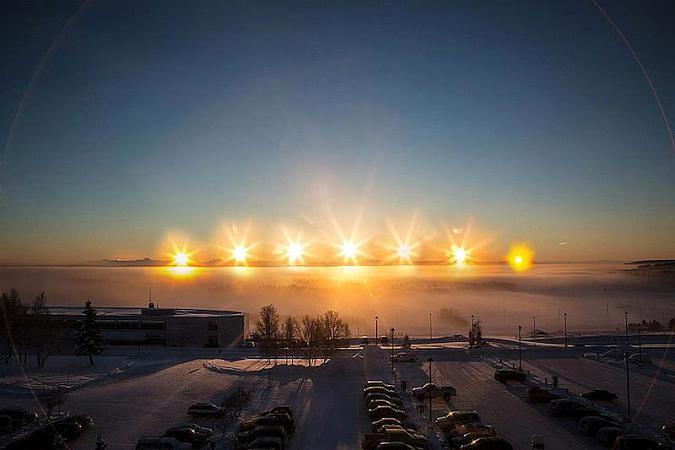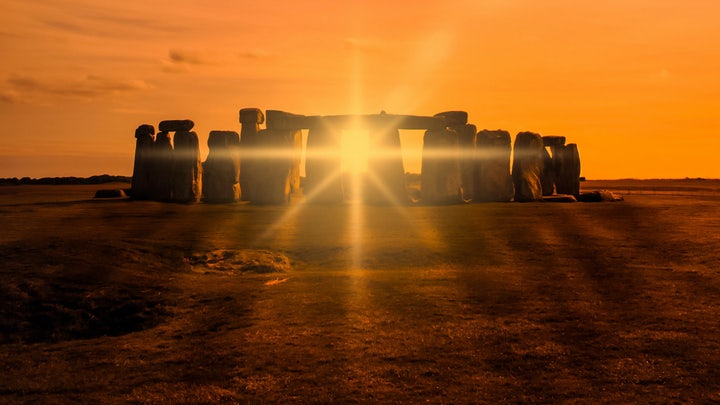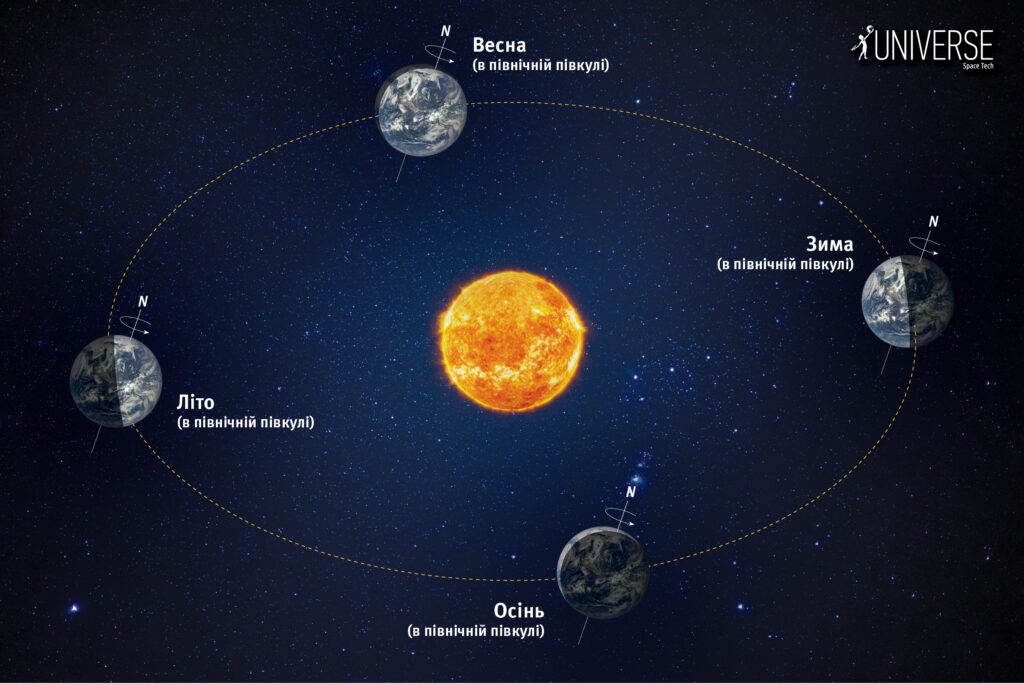The winter solstice nowadays is more of symbolic significance for us than practical. Our ancestors paid much more attention to it: in their beliefs it held a very important position, gradually “migrating” from ancient pagan cults to more modern monotheistic religions. In Christianity, it is celebrated as Christmas, although even with the “correction” after the introduction of the Gregorian calendar, this holiday or its analogues are celebrated not on the day of the solstice, but 3-4 days later.

In ancient times, people noticed that the maximum height of the Sun above the horizon, which is reached during the day (at its peak), varies depending on the season. In summer it is the largest, closer to autumn our luminary culminates lower and lower, the weather starts getting ever colder, the trees drop their leaves and then winter comes. The diurnal path of the Sun over the horizon becomes shorter and the duration of the light part of the day decreases accordingly. Eventually, the rate of this decrease also decreases, after which at some point the solar disk “stops” and begins to reverse. The day when this happens was called the “solstice”.
Surprisingly, our ancestors learned to define this day (as well as its summer “opposite”) quite accurately — in contrast to, say, the days of the autumn and spring equinoxes. To do this, they built huge earthen “landscape observatories” and amazing megalithic structures, some details of which formed a “viewfinder”, indicating the point of sunset on the day of the solstice. Why “sunset”? Because when it falls below the horizon, it is much easier to “spot” the point where the last edge of the solar disk disappears than to see it appear in the morning, when the entire disk is still invisible.
The only disadvantage of such observations is that for some time near the “exact” moment of the solstice, the angular distance of the Sun from the celestial equator (in astronomical terms it is called the declination) changes very slowly. Therefore, the ancient priests, who were also astronomers, tried to “catch” the moment when the point of disappearance of the solar disk, starting to move in the opposite direction, will probably move away from the “extreme” position. Usually it was possible to reliably register only on the third or fourth day after the winter solstice.

By the way, modern astronomers have similar problems. It is impossible to measure the exact moment of the solstice as “the greatest distance of the center of the solar disk from the celestial equator”, because for a couple of hours this value hardly changes. Fortunately, the second coordinate of the Sun (right ascension) is steadily increasing at almost constant speed. Therefore, another definition is used in modern science: the winter solstice occurs when the right ascension of the center of our luminary from the point of view of an imagined observer in the center of the Earth becomes equal to 18 hours. This moment is also considered the beginning of astronomical winter.
There is still a misconception that the change of seasons is due to the change in the distance between the Earth and the Sun. Their mutual distance does change, but the difference between the shortest and the longest distance is slightly more than 3%, which is not enough to create a significant temperature difference between winter and summer. Moreover, in the Northern Hemisphere, everything is exactly the opposite: in early January, the planet passes the perihelion — the closest point of its orbit to our luminary. Therefore, the different degrees of heating of the earth’s surface (and the surface layer of air) is determined primarily by the angle of incidence of sunlight and the length of daylight, which, in turn, is related to the position of the sun in the sky.

Interestingly, the geocentric system used by astronomers for almost two millennia did not provide any explanation for the seasons — it simply stated that the Sun moves in the sky in this way. Only the Copernican heliocentric model distinguished the Earth’s orbiting around the Sun from its rotation around its own axis, and the latter, due to the gyroscopic effect, hardly changes its position in space, so the angle between it and the direction of the central luminary must change constantly throughout the year. On June 21-22 this angle is minimal for the northern “end” of the earth’s axis, on December 21-22 — for the southern one.
Why do the solstices not have a fixed date? At least because one revolution of the Earth around the Sun does not take an integer number of days, but lasts 365 days and almost 6 hours, that is, our planet reaches the same orbital position a quarter of a day later every year. Accordingly, all the moments of its passage of important points of the orbit also “jump”. Every four years, this six-hour “surplus” has to be compensated by a leap day, which is added at the end of February. In such years, the moments of the solstice always fall on the 21st. 2021 — the next year after the leap, so the winter solstice this year will come closer to the final on December 21, at 16 o’clock in the world time or 18 o’clock in Kiev.
However, although the Sun will begin its journey “to summer”, and for astronomers it will be a time of shorter nights, winter is really just beginning. Holidays and, according to weather forecasters, real winter frosts are ahead.
Follow us on Twitter to get the most interesting space news in time:
https://twitter.com/ust_magazine

